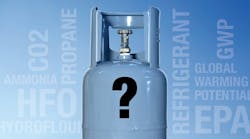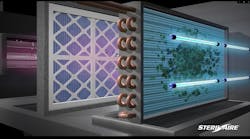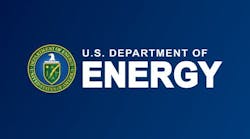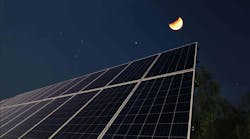Let us start the new year with a quick journey through history. Alessandro Giuseppe Antonio Anastasio Volta (we’ll just call him 'Al') is best known as the inventor of the battery and discoverer of methane.
In 1794, Al, after whom the ‘volt’ is actually named, also discovered the thermoelectric phenomenon now known as the Seebeck effect. How is that possible? Well, German physicist Thomas Seebeck 'rediscovered' the effect in 1821 – 27 years later – and managed to attach his name to it.
Specifically, the Seebeck effect is the electromotive force (emf), or voltage, that is directly converted by a difference in temperature in bimetal conductors or semiconductors. The practical application of the Seebeck effect is the thermoelectric generator (TEG), a solid state device that functions like a heat engine, but produces electrical, not mechanical, energy.
There are a variety of TEGs that are commercially available and they often find applications in using waste heat to provide power in remote locations. Amazon even offers a “Thermoelectric Oil Lantern; Converts Heat into Electricity to Power Bright LED Lights. For Camping, Power Outages, Reading and Hiking.”
A typical TEG will have a max. efficiency of 7.5% at max. ΔT, and will need a heat source (up to approx. 600 deg. F) and a cold side. The TEG’s energy output is directly proportional to ΔT, so a lower temperature hot side requires a proportionally cooler cold side.
That’s where some Stanford University researchers, including postdoctoral research fellow Sid Assawaworrarit and Prof. Shanhui Fan, come in. Their idea is to use a building’s ambient temperature as the hot side of a TEG and to use the extreme cold of deep space as the cold side.
Their vision of solar panels that work at night, as well as during the day, would provide space cooling and electric energy for those buildings. They have demonstrated the capability of using a TEG, with deep space as the cold side, to sufficiently chill water in order to lower daytime interior building temperatures by as much as 5 deg. C (2.8 deg. F).
Assawaworrarit and Fan accomplished this by rejecting the heat to space using what they call an emitter. The emitter radiates the ambient heat to space within the 8-13 micrometer wavelength band, most effective for atmospheric transmission, creating the ΔT necessary to produce electricity.
Their first proof of concept used a simple emitter made from an aluminum plate painted black and enclosed in an insulated box, When located on a rooftop at night, with an off-the-shelf TEG, it produced a power density of 25 mW/m2, enough to light an LED.
The Stanford researchers have since replicated the original demonstration and have used a solar cell as an emitter, generating even more electricity. Granted, the technology has a ways to go before it’s commercially available, but Dr. Assawaworrarit and Prof. Fan do believe that they can realistically reach 1 W/m2. And that's enough to power LED lighting and even charge cell phones.
####
Author Larry Clark has been a contributor to HPAC Engineering since 2013 and a member of its editorial advisory board. A proud Virginia Tech alum, he is a principal at Sustainable Performance Solutions LLC, a south Florida-based engineering firm focused on energy and sustainability. Contact him at [email protected].









